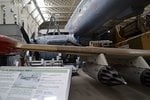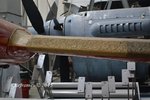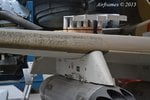Jeff Hunt
1st Lieutenant
For those who have not been to Duxford, there are buildings just full of static aircraft and this thread is designed to show you Duxford's nestlings.





Many more to follow......
Cheers,
Jeff
Many more to follow......
Cheers,
Jeff
Last edited:



